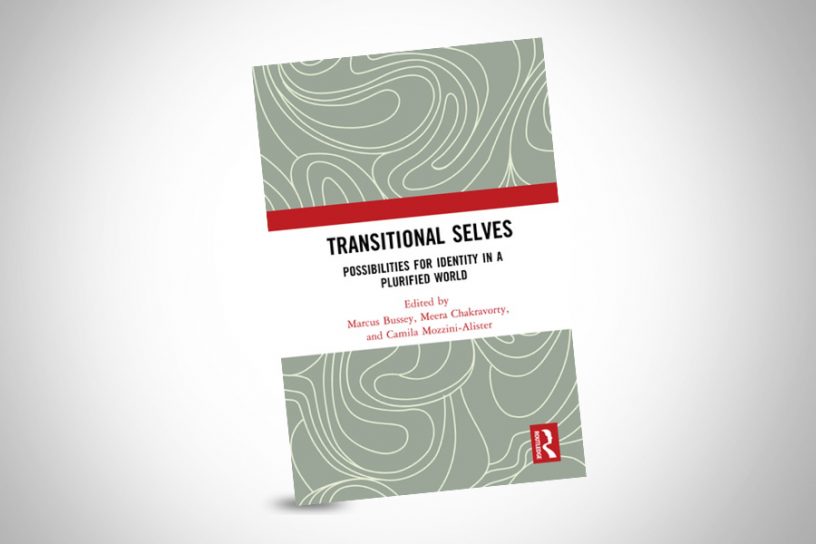
By exploring artistic creativity, the chapter argues that identity is a process of creating or molding the self, rather than ‘discovering’ a pre-existent one.
Author
John Clammer, Professor of Sociology, Jindal School of Liberal Arts and Humanities, O.P. Jindal Global University, Sonipat, Haryana, India.
Summary
The chapter argues essentially that identity is never essentialist but is created through performativity. This is certainly true of ethnicity and gender, and to a great extent also of religious identities. It argues that identity formation is indeed a creative activity and that, rather than using the notion of creativity merely as a metaphor, it explores the nature of creativity itself, especially as expressed through artistic production and performance.
In doing so, it explores the notion that the self, as the core of identity, is constantly shaped and is inherently fluid, subject to the usually unforeseeable contingencies of life, the unexpected and the accidental. Many artists report how the way a work in progress or conception actually develops is subject to many unanticipated shifts and that works typically “take on a life of their own” and begin to evolve through their own dynamics quite a spate from the original intentions of the “creator” who, in a sense, becomes more of a co-creator with the creation itself.
By exploring artistic creativity, the chapter argues that identity is a process of creating or molding the self, rather than ‘discovering’ a pre-existent one. On this basis, the chapter both explores the significance of narratives in structuring the ways in which identity is formed and transformed and draws attention to the relative marginalization of the study of the emotions and the senses in this process.
Given the significance of identity politics and conflicts over identity in the contemporary world, it illustrates this with reference to the Dalit or “untouchable” community of India to show how identities can be negotiated and re-defined, an important factor in empowering marginalized communities and individuals.
Published in: Transitional Selves: Possibilities for Identity in a Plurified World, Pages 33 – 48, Routledge India
To read the full chapter, please click here.


